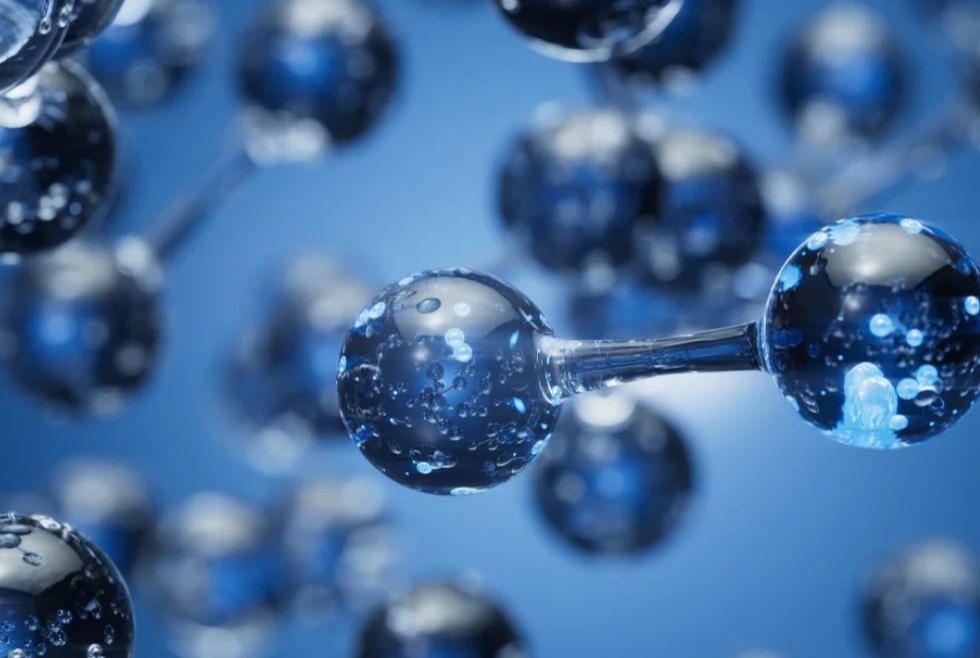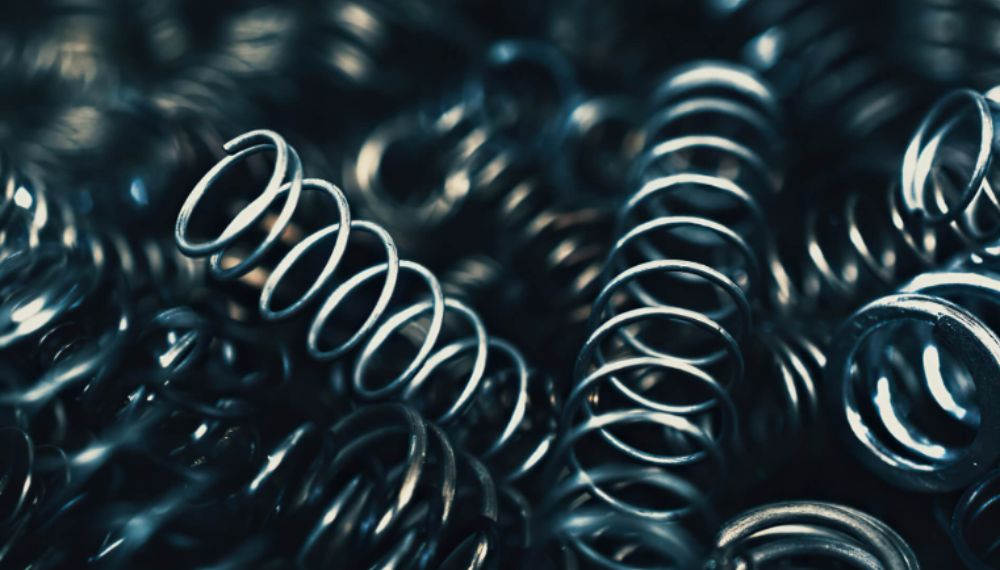
In the field of galvanic and surface treatments of metals, dehydrogenation is a fundamental process to guarantee the resistance and reliability of metal components. But what exactly does this treatment consist of? And what are its main advantages and applications? Let's find out.
Dehydrogenation is a heat treatment used to remove hydrogen absorbed by metals during manufacturing processes such as galvanizing, plating, welding, or cold forming. During these processes, hydrogen atoms can enter the crystalline structure of the metal, causing a phenomenon known as hydrogen embrittlement. This condition compromises the mechanical properties of the material, reducing its strength and increasing the risk of premature fractures.
To eliminate trapped hydrogen, metal components are subjected to a controlled heat treatment, generally up to 220°C, for a period that varies based on the type of metal and its characteristics. This process allows hydrogen to diffuse and escape from the metal structure, restoring its original mechanical properties.

Dehydrogenation is essential for several reasons:
Dehydrogenation treatment is used in many industrial sectors:
Dehydrogenation is an essential treatment to ensure the quality and safety of metal components. By eliminating trapped hydrogen, it is possible to prevent brittleness and ensure the mechanical resistance of the material. For this reason, companies that operate in highly regulated sectors with high reliability requirements regularly adopt this treatment for their products.
If you are looking for advanced solutions for metal treatment, AlfaTech offers cutting-edge services to improve the quality and durability of your metal components. Contact us for more information!